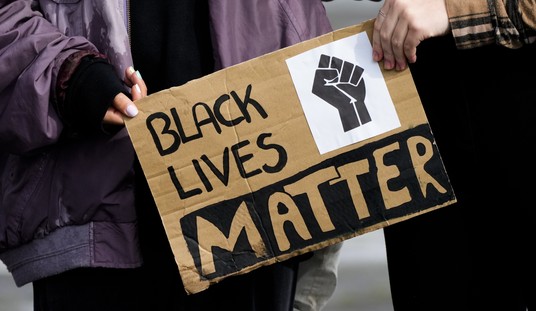With everyone in Washington consumed by whether and how to increase our nation’s debt ceiling, the necessity for welfare reform seems oddly absent from the negotiations.
Although the historic welfare reforms of 1996 succeeded in moving people from welfare to work, it most certainly did not “end welfare as we know. it” Amazingly, these reforms – which liberals stridently opposed – only restructured one of the more than 70 federal means-tested welfare programs run by our federal government.
That’s right, there are more than 70 separate welfare programs scattered across 13 government agencies. The Heritage Foundation ran the numbers and found these programs cost taxpayers nearly $900 billion per year. Even in this debate, that is some serious spending.
And, of course, Washington’s problem is spending. Instead of raising revenue through gimmicky fees, higher tax rates and targeted tax hikes, lawmakers should focus on growing our economy and job creation. Reforming the entire welfare system by helping to move people from welfare to work is one way to do that.
If our economy were doing better, and people were more able to find good, well-paying jobs and achieve the American dream, then they would be entering into a tax bracket and paying taxes. The recent decline in revenue is not a result of tax rates, but rather a result of anemic economic growth and a lack of job creation.
Recommended
Currently, the bottom 50% of income earners pay just 3% of total income tax revenues. If we enacted policies and reforms that helped the lowest income bracket gain wealth, then our tax revenues will increase. As Senator Marco Rubio (R-FL) said “we don’t need new taxes, we need new taxpayers.”
Unfortunately, thanks to over 70 different federal welfare programs, the number of people on welfare (be it food stamps, housing assistance, Medicaid, etc.) has been steadily growing, and has ballooned under President Obama. According to the Heritage Foundation:
For every $10 President Bush spent on welfare in 2008, President Obama expects to spend about $13. Far from encouraging self-reliance, the welfare state’s unrestrained growth spurt will force millions more into dependency on government.
Briefly, let’s jump back to 1996 and how these reforms actually worked.
What actually happened in ’96 was the replacement of Aid to Families with Dependent Children with Temporary Assistance for Needy Families (TANF). Instead of sending blank checks to welfare beneficiaries, for the first time ever, welfare checks were linked to work.
No longer were recipients simply depending on the government to support them. Suddenly they had to go out and find work or at least prove that they were devoting 20 to 30 hours a week towards preparing for a job.
Just 12 years later, 2.8 million Americans, about 60% of the overall caseload, left welfare and found jobs. Imagine that!
Unfortunately, only one of the more than 70 welfare programs was reformed. Today, the success of TANF has halted. Much of it was the recession, but much of it was the massive expansion of the welfare state. Today, one in seven Americans are on food stamps, and while some are new recipients who had never applied for the program before, more than half of those on food stamps have received aid for eight and a half years or longer.
Where is the incentive to leave the program?
As with most government programs which don’t show results, Congress’s answer was to throw more money at the problem, instead of reforming the programs so that they work better. If we apply the 1996 TANF reforms to the other 70 or so welfare programs, then we could achieve real reform and help the 40 million people who currently receive government aid.
Fortunately, some solid conservatives recognize the need and are laying out a way forward.
Congressmen Jim Jordan (R-OH), Tim Scott (R–SC), and Scott Garrett (R–NJ) have introduced the Welfare Reform Act of 2011, H.R.1167. The bill expands on the success of TANF by applying the same work-oriented policy to the other federal welfare programs. A growing coalition of Senate Republicans are preparing to introduce companion legislation.
If Congress wants to do something really meaningful for the country, especially for those who are most in need, then restructuring welfare is the way to go. Not only will shifting welfare recipients from government dependents to self-sufficient taxpayers bring in new revenue and decrease the need for wasteful government spending, it will also empower them to achieve the American dream.
























Join the conversation as a VIP Member